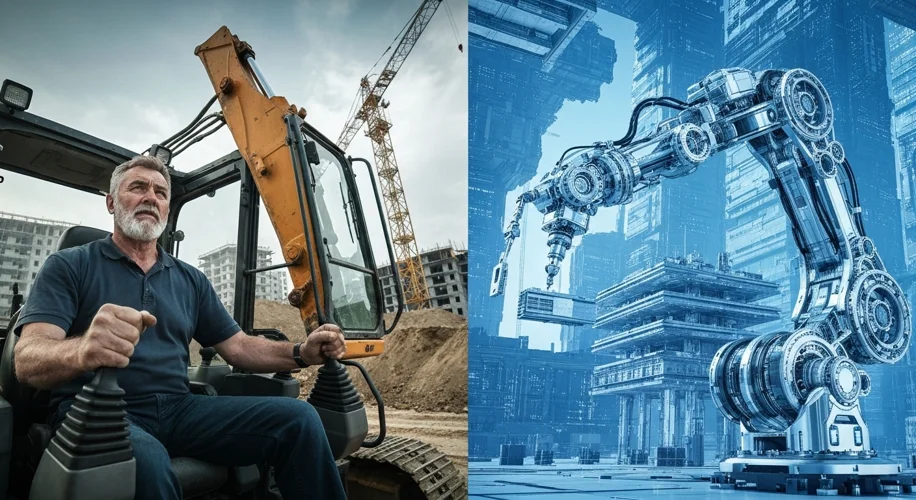It’s August 11, 2025, and AI is everywhere. We’re seeing it in our phones, our cars, and even how we create content. But as AI gets smarter and takes over more tasks, I’ve been thinking about something else: what happens to our own skills, especially with things that require a real, physical touch?
Think about heavy machinery, specialized tools, or even just complex DIY projects. For generations, operating a crane, a bulldozer, or even a high-end industrial 3D printer was a craft. It took practice, a feel for the machine, and a deep understanding of how it worked in the physical world. My grandfather, for instance, spent his career operating heavy construction equipment. He could tell you what a piece of machinery needed just by the sound it made. That’s a skill that’s hard to quantify but incredibly valuable.
Now, imagine a future where AI-powered autonomous vehicles and robots handle all of that. They’ll likely do it more efficiently, more safely, and with fewer errors. That’s amazing, right? But it also means fewer people will be getting their hands dirty learning those skills. We might become passengers in our own technological world, rather than active participants.
What are the implications of this? For starters, there’s the potential for a skills gap, not in operating the AI, but in understanding the physical processes themselves. If something goes wrong with an automated system, who has the practical knowledge to fix it or even understand why it went wrong beyond a software error code?
Beyond the practical, there’s the human experience aspect. There’s a certain satisfaction, a connection to the physical world, that comes from mastering a hands-on skill. It’s about building something tangible, feeling the weight of a tool, and seeing the direct result of your effort. As AI handles more of these physical tasks, do we lose a part of that direct experience? Does it change how we interact with and understand the world around us?
I interned at a VR startup a few years back, and while VR is incredible for simulation, it’s not quite the same as the tactile feedback and inherent risks of operating real, massive equipment. The nuances of operating something like a giant excavator in muddy terrain – the subtle shifts in balance, the feel of the hydraulics – those are experiences that are hard to replicate digitally.
So, what’s the takeaway here? It’s not about stopping progress. AI is here, and it’s going to continue to reshape our world. But maybe it’s worth thinking about how we can still foster these essential, hands-on skills, even as automation becomes the norm. Perhaps through specialized training programs, accessible hobbyist clubs, or even just encouraging people to explore these areas for the sheer experience of it. We need to ensure that as AI handles the heavy lifting, we don’t end up losing our own ability to build, create, and connect with the physical world in a meaningful way.

